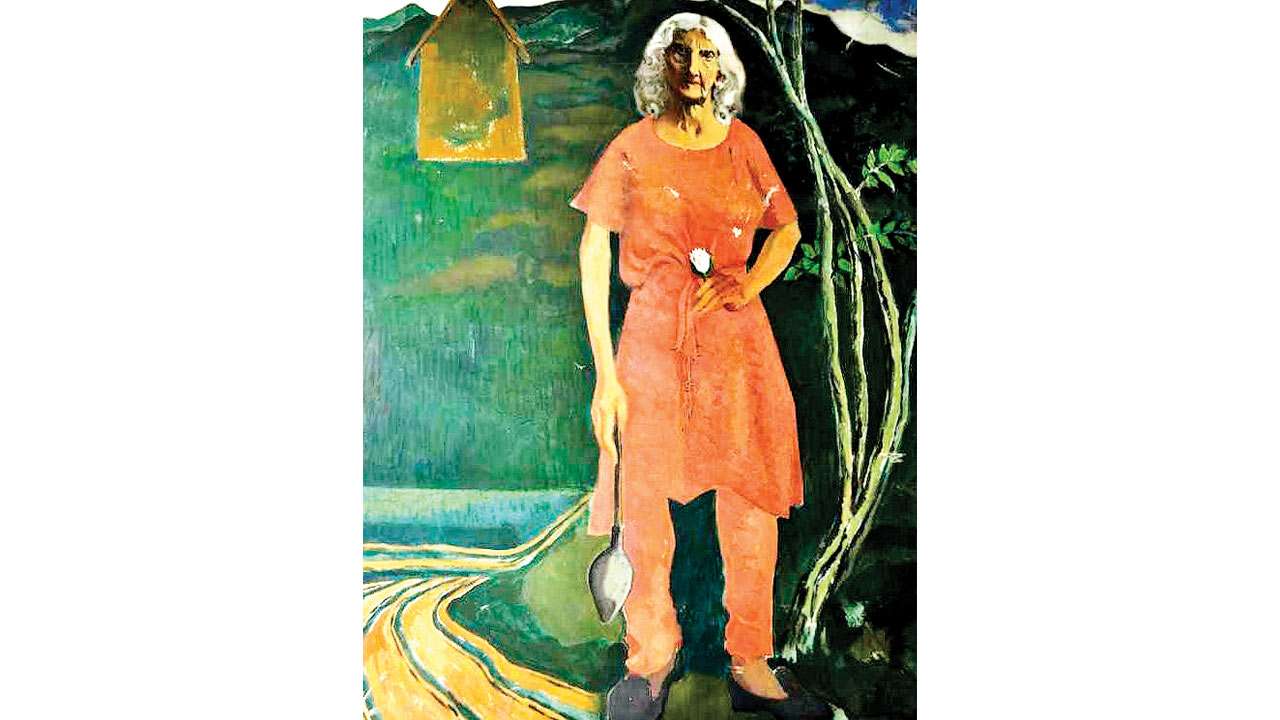
Norah Richards (1876) came to Lahore in 1911 when her husband Philips Earnest Richards joined as professor of English at the Dyal Singh College. The college was founded in 1910 by philanthropist, educationist Dyal Singh Majithia who also founded the newspaper The Tribune in 1881. He was an ardent follower of Brahmo Samaj, which in turn was affiliated with Unitarian Christianity and therefore saw the entry of the Richards couple. Norah was a theatre actress at the National Theatre back home in Dublin and was naturally inclined to know the goings on of the Lahore Theatre better. She was soon taking it head on.
The Lahore Theatre, at that time, had personages like Bawa Budhh Singh (1878-1931) who was more inclined towards satire and farce with no reformist zeal. His plays Mundri Chhal (Ring Trick, 1908) and Chandar Hari (1909) had been popular. Braj Lal Shastri confined himself to dramatisation of old puranic and folk legends. He wrote plays like Savitri and Puran Bhagat. Bhai Vir Singh, had composed Raja Lakhdata Singh, (1910), a closet drama that was useful in exalting Sikh precepts.
Thereafter, Norah went about setting a college theatre society in Dyal Singh College. Its maiden production was ‘A Midsummer Night’s Dream’ in 1911 and was re-staged by Punjab University on the tercentenary of Shakespeare in 1916. Other Shakespeare productions that were staged under the tutelage of Richards were ‘The Merchant of Venice’ (1913) ‘As You Like It’ (1912; for which a temporary amphitheatre was erected and saw a full house at a paid entry at four annas), ‘Coriolanus’ (1913) and ‘Twelfth Night’ (1914). She directed ‘Spreading the News’ written by Lady Gregory in April 1912. Her student IC Nanda, who went on to pioneer modern play writing in Punjabi, adapted ‘The Merchant of Venice’ into Punjabi as ‘Shamu Shah’ in 1928.
It is imperative to understand the background that Richards had in Irish theatre. The Abbey Theatre and the proponents of the Irish Renaissance that included Lady Gregory, Synge and WB Yeats had long struggled with the issue of having an authentic language for Irish stage. Irish language had diminished with English having become the dominant language in the majority of Ireland. Under the Gaelic League (1893) there was a quest of a “noble and spiritualised past” that could become a fundamental construct of national identity and could erase divisions along the lines of class, religious and political lines. As a result of this, Lady Gregory and William Boyle used extremely realistic register. The obsession with realism of spoken word was used to an extent that some playwrights began to record spoken speech to replicate its verbatim in the plays. While it was certainly a boost to the connection it created with Irish, it discarded poetic element.
Richards had been in the midst of these personages and debates. After an initial toying with Shakespeare and select Irish scripts, she began to urge her students to begin writing original scripts in Punjabi. The education policy had earlier made Urdu and English as the medium of instruction. Richards organised a group of young students and through exhortation and discipline, encouraged them to write original scripts about Punjabi society and their current social issues. Richards instituted a competition in writing plays in 1913, in which Ishwar Chander Nanda participated with his maiden attempt in Punjabi. ‘Suhag’, a one-act play was adjudged the best and was staged in 1913. It became the first Punjabi one-act play to be staged. It is the story of a 10-year-old girl who is tragically substituted as a bride in the wedding ceremony of her elder sister when she goes missing. It was later published under the title ‘Dulhan’ (The Bride). He subsequently published ‘Subhadra’ in 1922 on the theme of widow remarriage. Richards became instrumental in shepherding youth in cogitating and experimenting with new forms to create an authentic theatrical space in those chequered times. She later set up her abode in the picturesque hamlet of Andretta, Kangra District then in Punjab, and fostered a community spirit for Punjabi theatre.
The author teaches Literature and Cultural Studies